Looking for some creative ideas for your container gardens this year? Why not make them equal parts stylish and functional by growing edible plants? There are so many tasty vegetables and fragrant herbs you can use to elevate your home cooking. Nothing beats homegrown produce straight from the garden—or the kitchen windowsill!
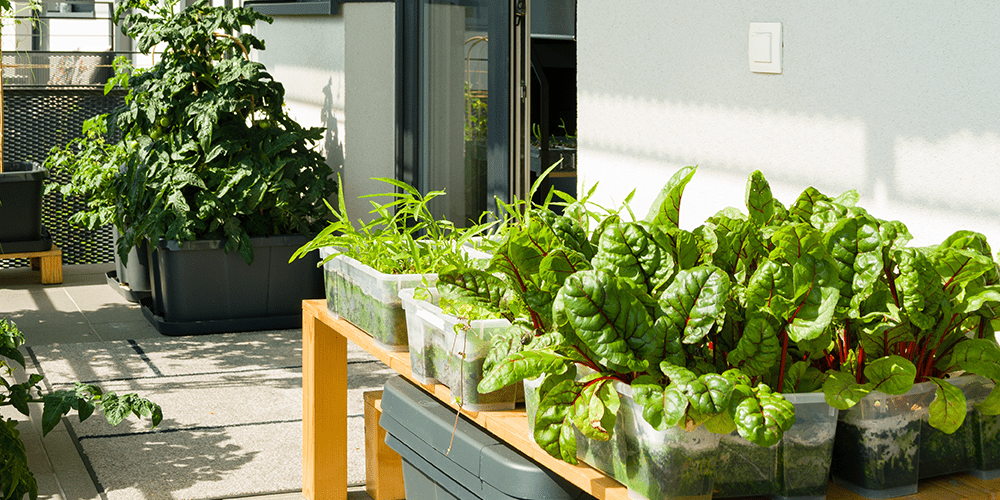 Growing Food Becomes Easy and Accessible with Container Gardens
Growing Food Becomes Easy and Accessible with Container Gardens
Veggies and herbs tend to require lots of sunshine and space to grow. If you’re dealing with any of the following, you can still grow an incredible edible garden by planting your crops in containers:
- A heavily shaded garden
- Minimal greenspace
- No yard and only a small balcony
Container gardens are great because you can move them around wherever the sun is shining. Instead of sticking to the garden bed, you can grow them on your patio, the front steps, a South–facing windowsill—whatever your heart desires!
Here are the best varieties of vegetables and herbs to grow in container gardens for unbeatable flavor and powerful nutrients. The supermarket stuff just doesn’t compare to homegrown, freshly picked produce!
Easy Vegetables to Grow in Pots
Not all veggies work well in planters, but you’ll have excellent results if you choose the following varieties!
 Tomatoes
Tomatoes
Tomatoes fall into two categories: determinate and indeterminate. Determinate varieties produce their harvest all at once and have a bushier, compact form, so they’re easy to maintain in containers. Indeterminate varieties grow on vines and steadily produce fruit until frost, so if you grow them in containers, use a tomato cage or stakes to keep them upright.
These vigorous growers will need plenty of fertilizer and compost to nourish them through their growing season. Fertilize once per month with a formula specifically created for tomatoes—they need extra calcium and magnesium to prevent diseases like blossom end rot. During the hottest summer months, you’ll likely need to water every day—inconsistent watering can result in splitting fruits!
Mini Cucumbers
Perfect for pickling or a cool, refreshing summer snack, we can’t get enough of mini cucumbers! Vining varieties grow best in containers with trellises, so you can train them to grow upward and keep those cukes off the ground. Bush varieties don’t grow very tall, and they look quite pretty if they cascade down the sides of a container or hanging basket. Grow them in a sunny spot that gets 6–8 hours of sun per day. Avoid watering the plant overhead—instead, water the soil directly to reduce the risk of powdery mildew.
 Peppers
Peppers
Colorful peppers have just as much ornamental value as a container garden full of flowers! Large bell pepper plants will need a pot at least 12 inches deep and wide, but there are plenty of tiny hot peppers that can grow in smaller pots—they almost look like a bundle of colorful Christmas tree lights! When transplanting your seedlings into their pots, be sure to water the soil well to encourage those roots to spread. They need 6–8 hours of direct sun per day, but they’ll do best if they have some protection from strong winds. Placing them by a South- or West-facing wall will yield the best results.
 Delicious Herbs for Container Gardens
Delicious Herbs for Container Gardens
Herbs are some of the simplest edible plants to grow in containers—many people grow them as houseplants indoors! Nearly every herb can be grown in a plant pot.
The key to growing delicious herbs is pinching off the flower heads as soon as they appear. Herb flowering is called “bolting;” if you let them expend all their energy creating flowers and seeds, they won’t produce as many of their tasty leaves, and they often won’t taste as nice.
Herbs can also be grown in mixed planter arrangements, but it’s important to put compatible plants together with similar growth speeds. A fast-growing plant will overtake a slow-growing plant.
Here are some plant combination ideas for container herb gardens:
- Basil + Parsley
- Rosemary + Thyme
- Cilantro + Tarragon
- Sage and Oregano
- Lemon Thyme + Lemon Verbena
- Sage + Lavender
Plant mint by itself, and avoid planting it with other mint varieties. Different varieties can cross-pollinate, and the results can be less palatable than you’d like!
Discover even more delicious herbs and vegetables for container gardens in Moultonborough and visit the Stephens Landscaping Garden Center! Our staff are always happy to help get you all set up with the necessary supplies to keep your edible container garden thriving. Follow us on Facebook or Instagram for updates and featured products.


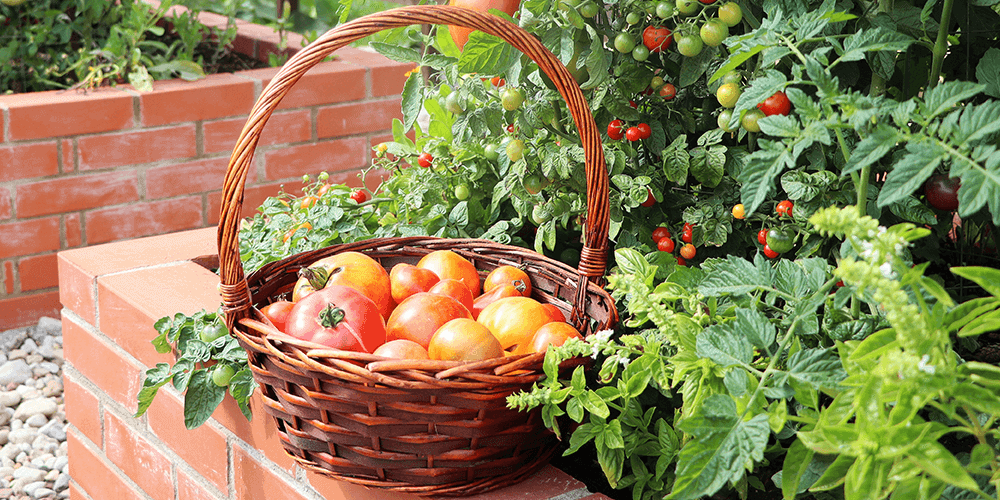 Tomatoes
Tomatoes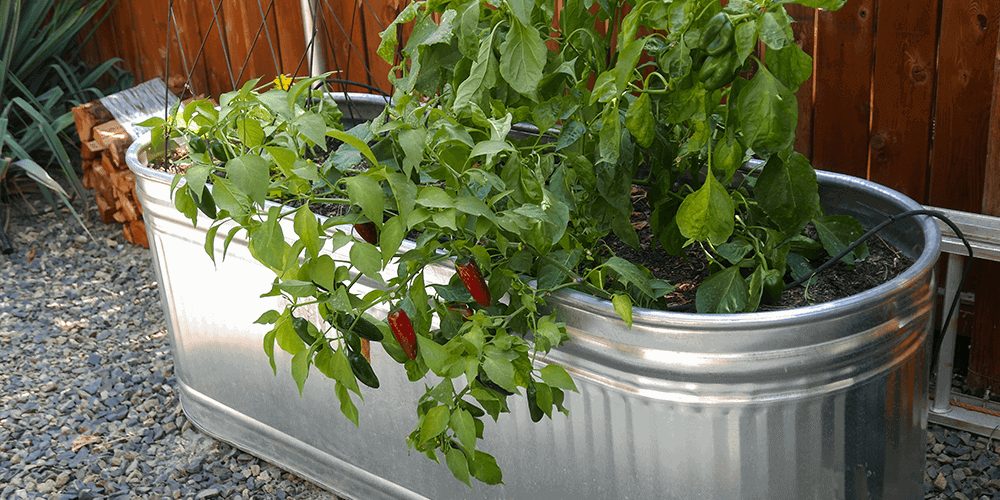 Peppers
Peppers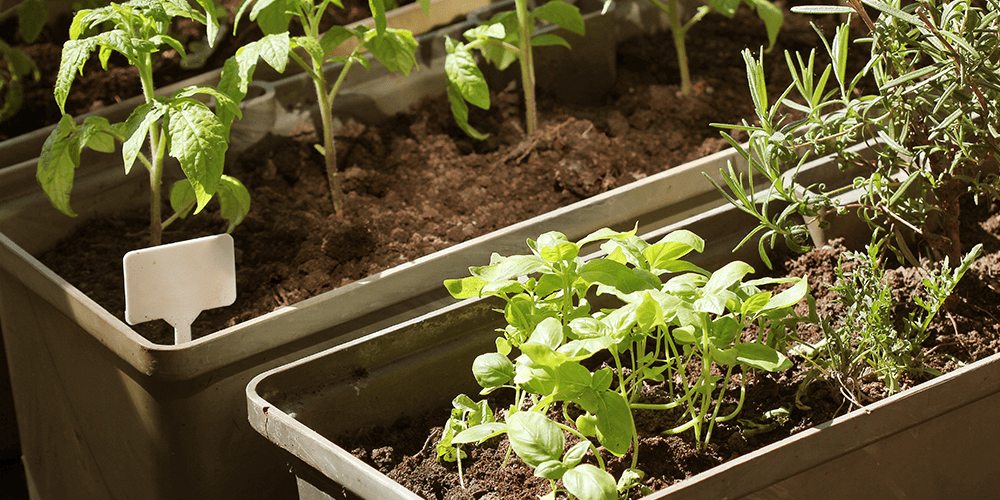 Delicious Herbs for Container Gardens
Delicious Herbs for Container Gardens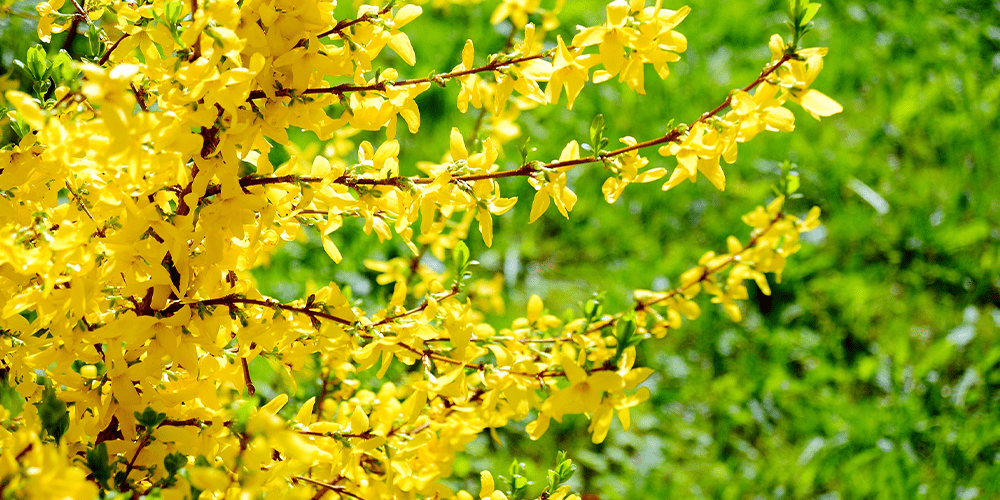 Forsythia
Forsythia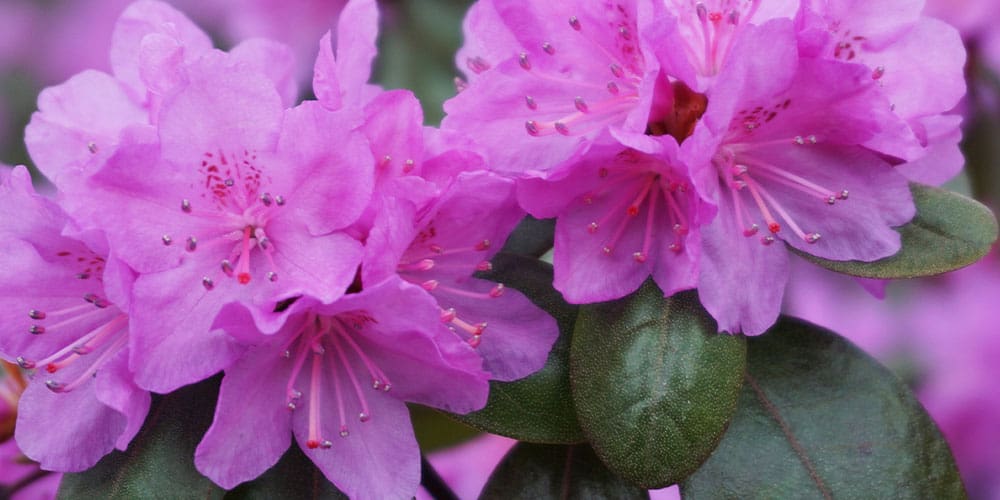 PJM Rhododendron
PJM Rhododendron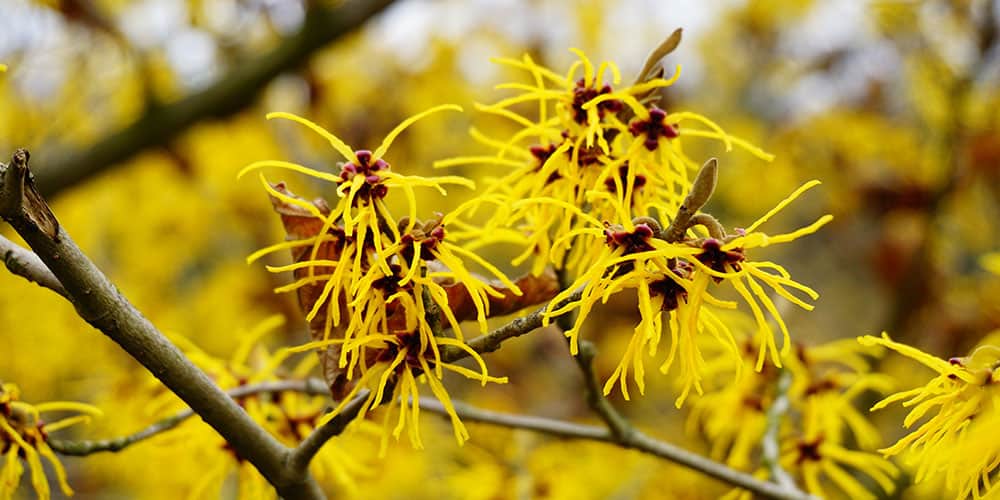 Witch Hazel
Witch Hazel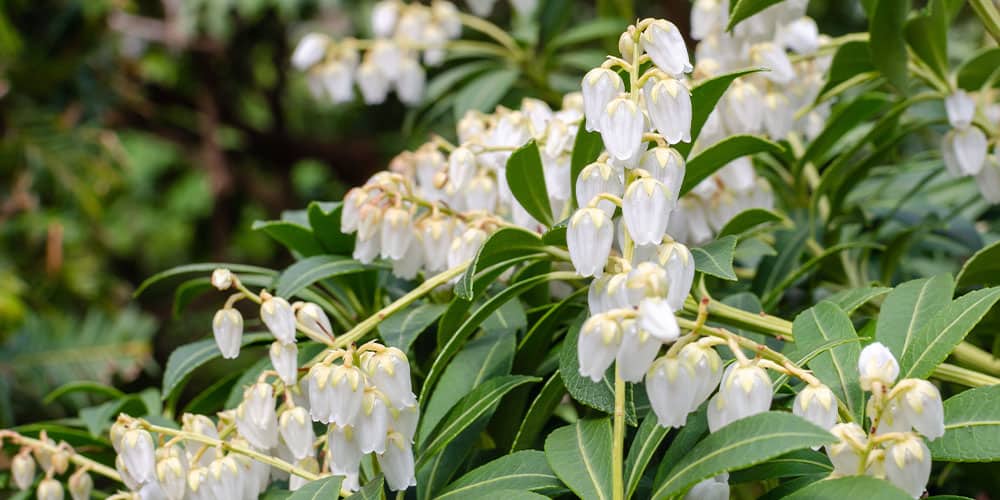 Pieris
Pieris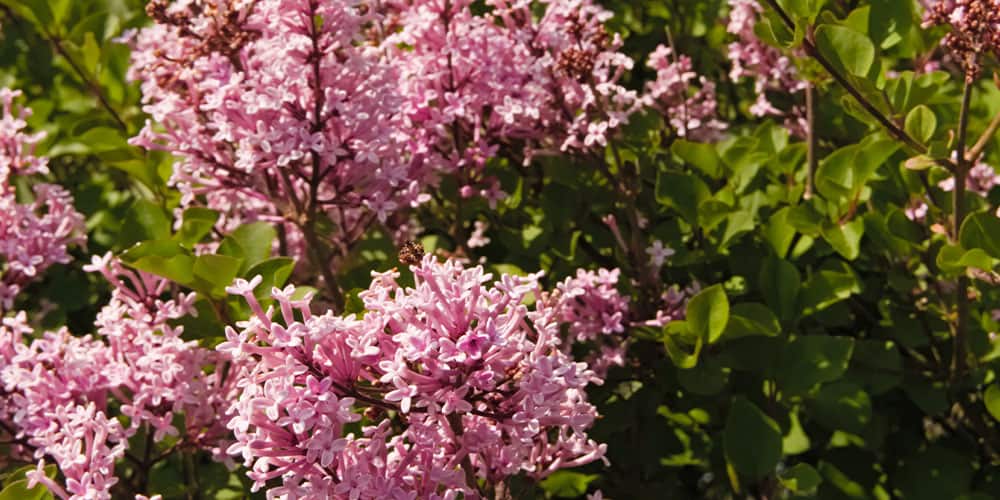 Dwarf Korean Lilac
Dwarf Korean Lilac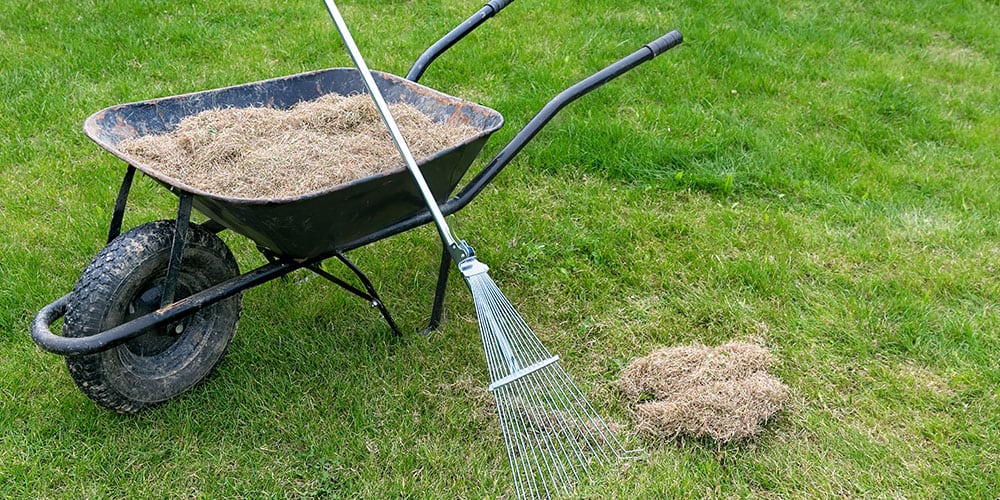 Dethatch and Aerate the Lawn
Dethatch and Aerate the Lawn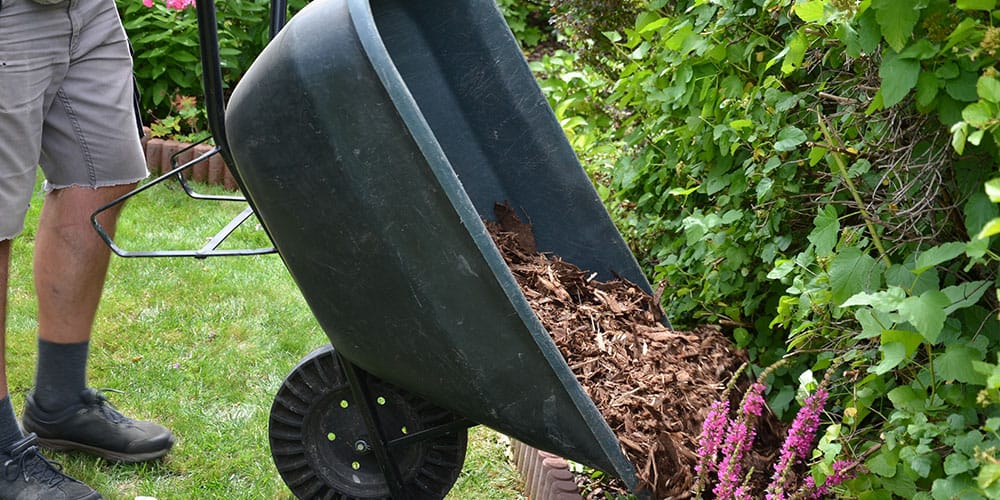 Replace Old Mulch
Replace Old Mulch 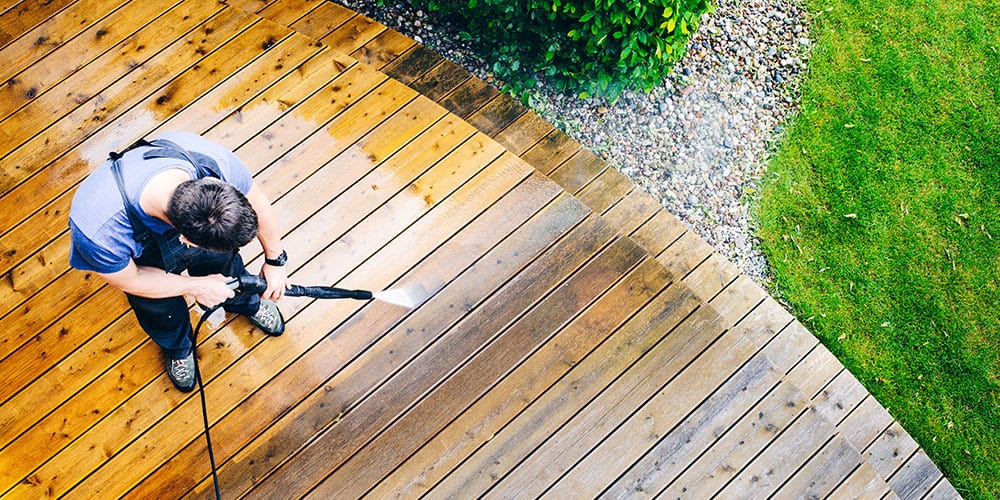 Power Wash the Hardscapes
Power Wash the Hardscapes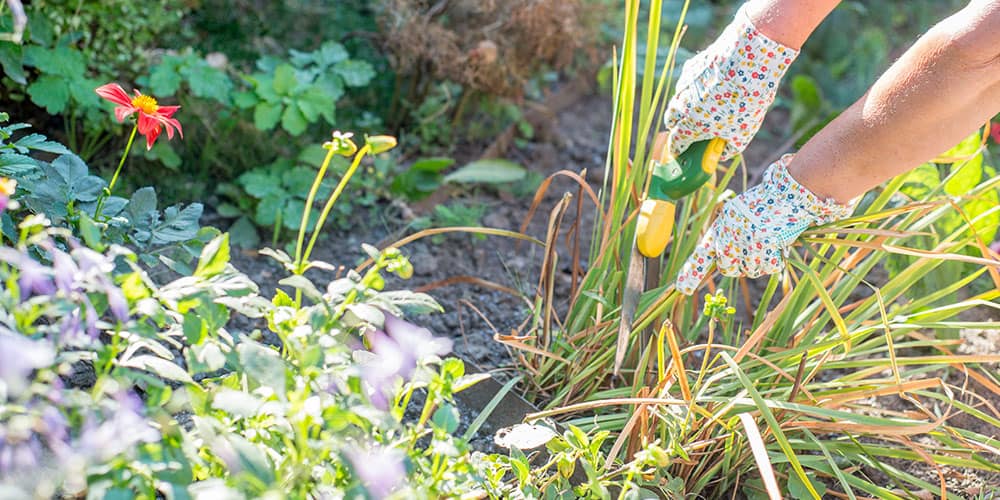 Cut Back Your Perennials
Cut Back Your Perennials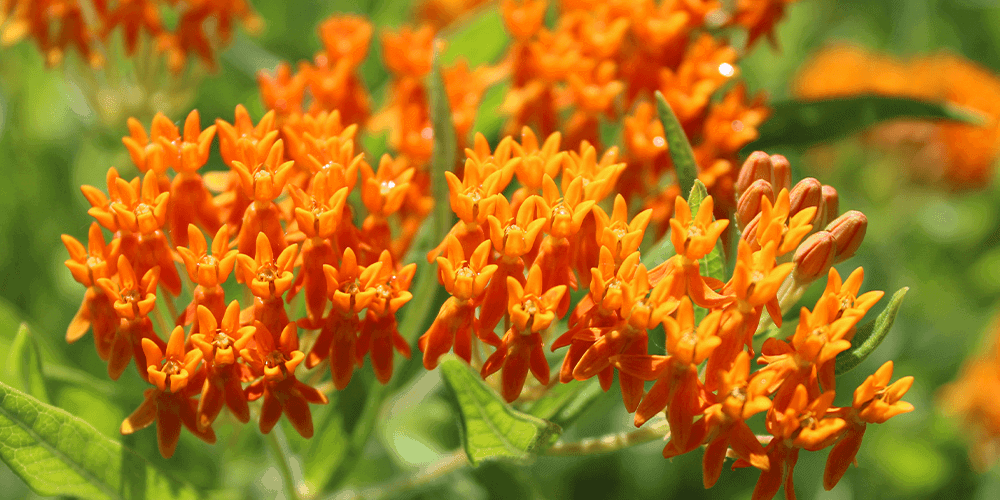 Butterfly Weed
Butterfly Weed 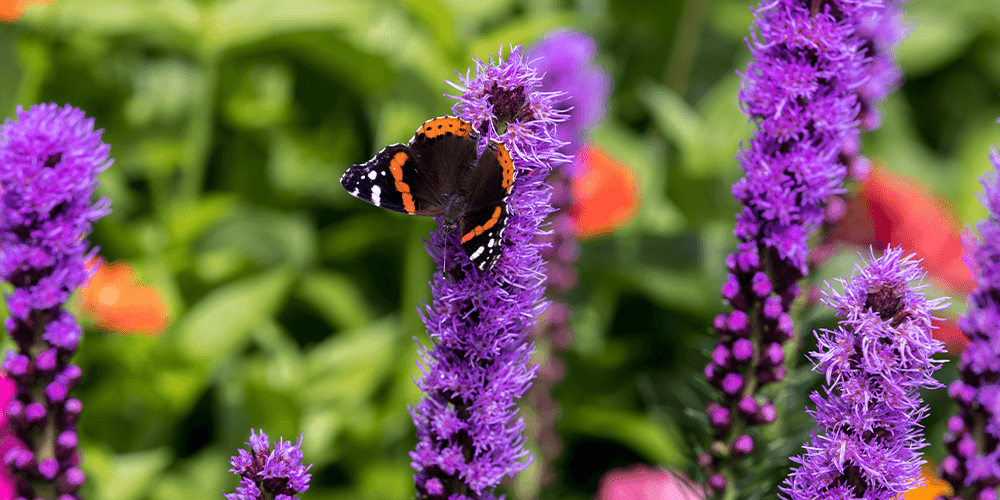 Blazing Star
Blazing Star Woodland Phlox
Woodland Phlox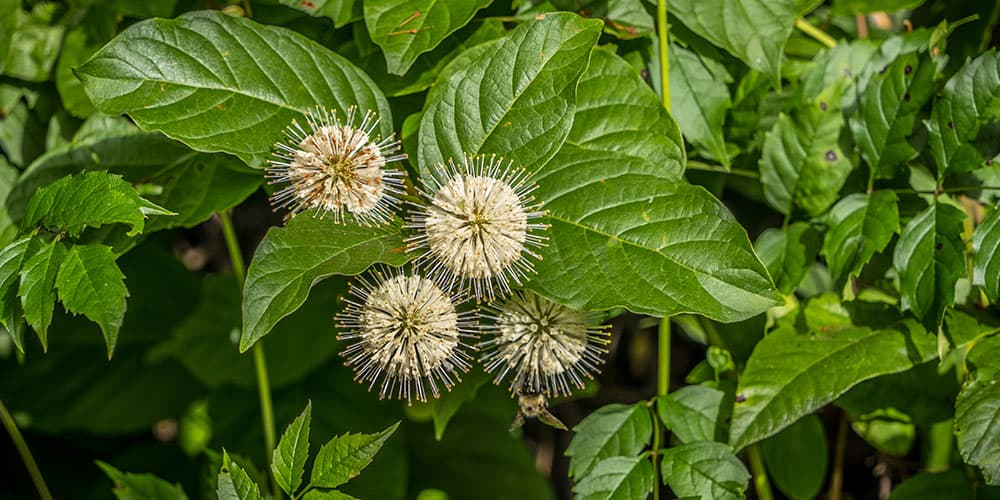 Buttonbush
Buttonbush 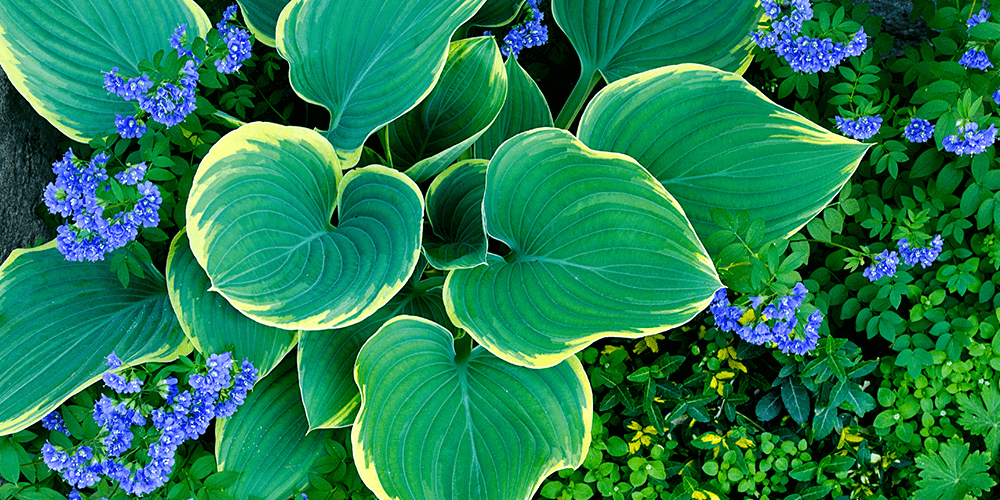 Bold Texture
Bold Texture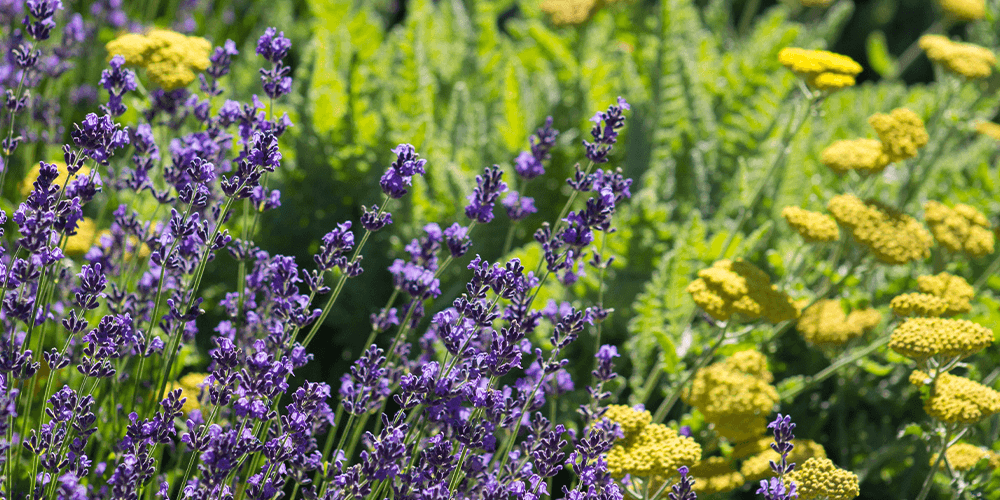 Fine Texture
Fine Texture 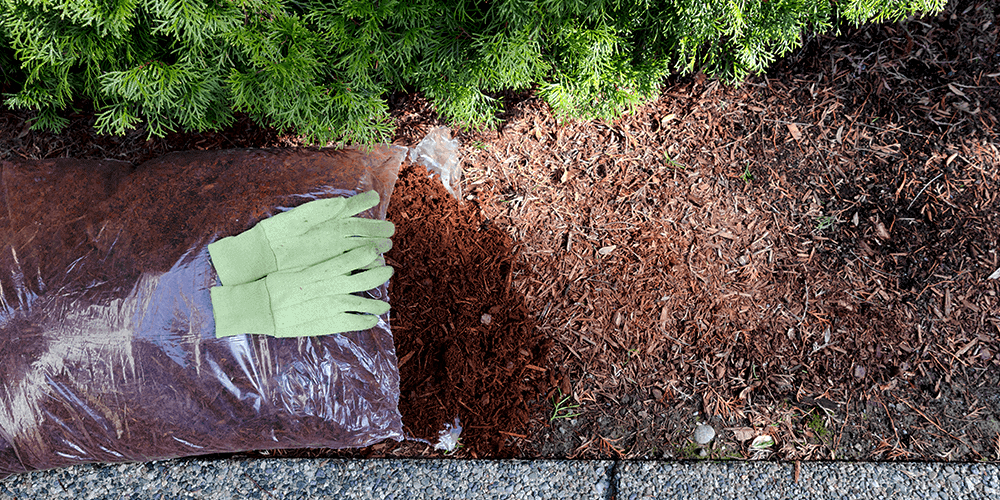 Texture with Bark Mulch
Texture with Bark Mulch 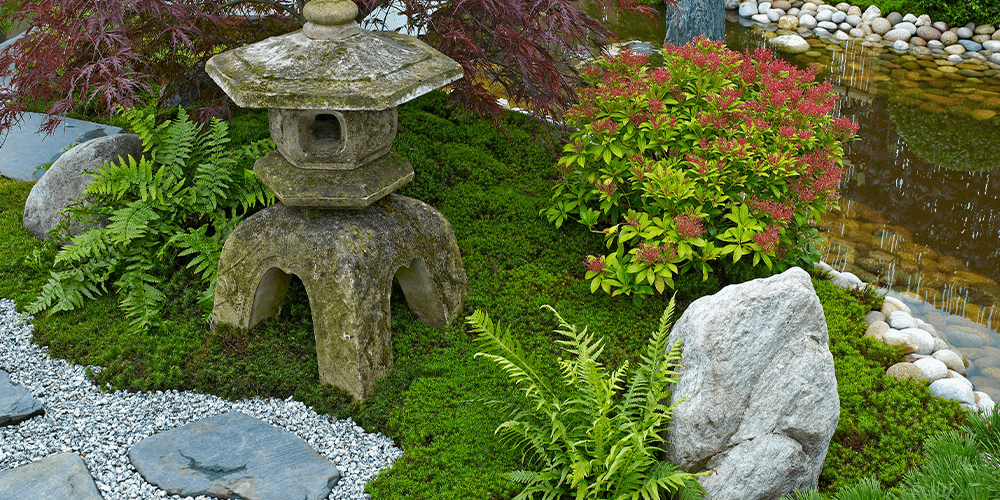 Boulders and Other Focal Points
Boulders and Other Focal Points